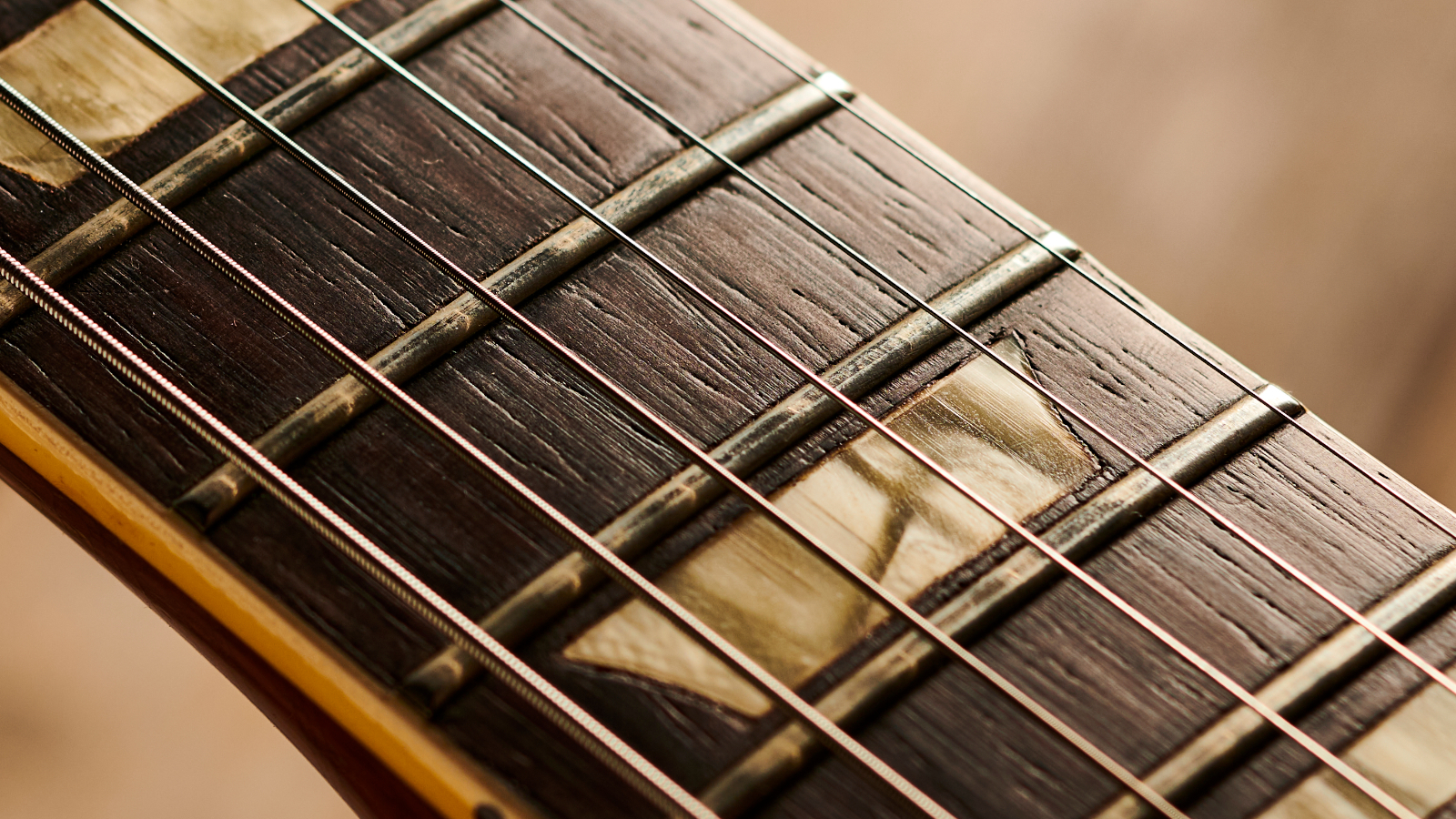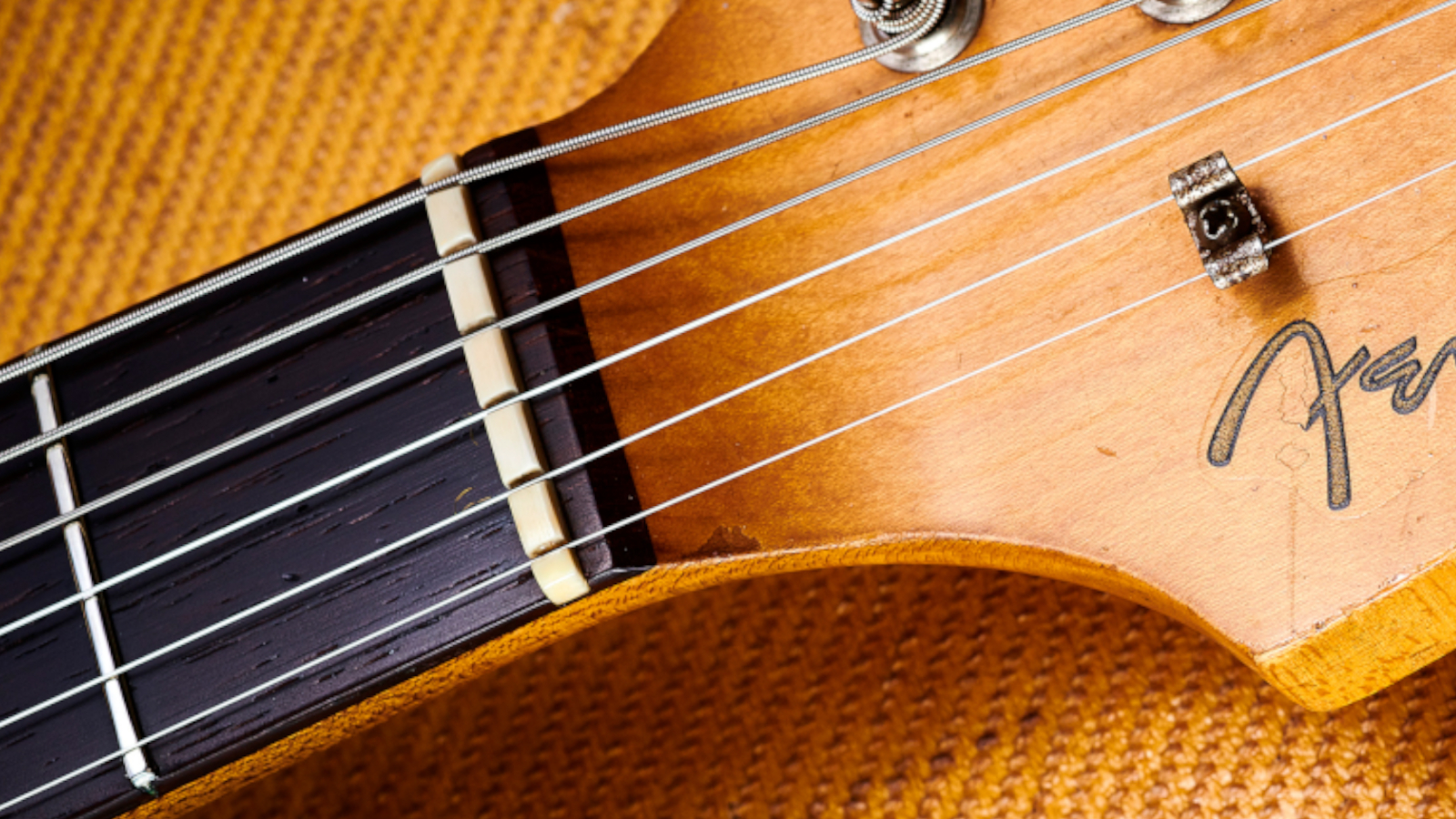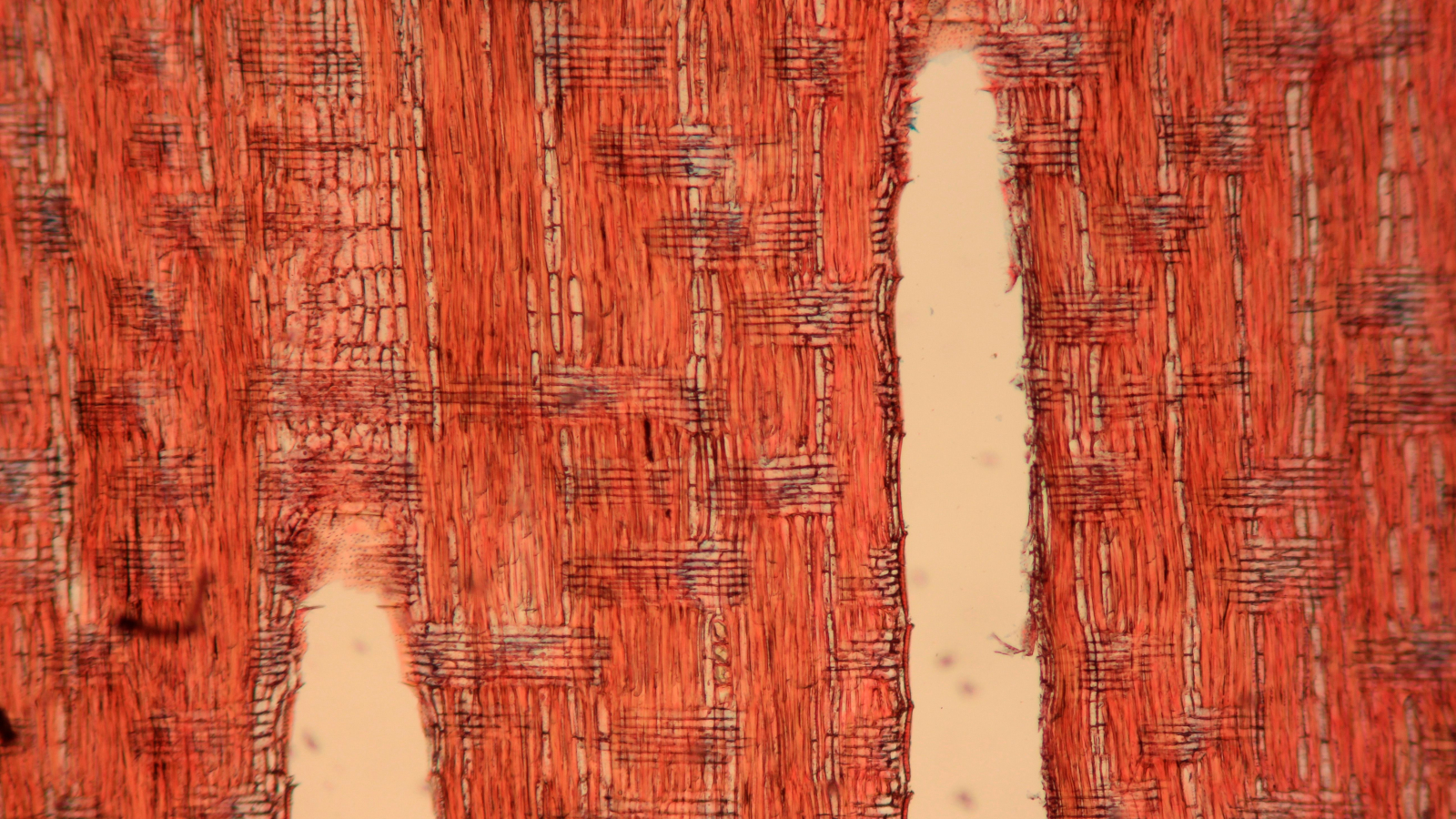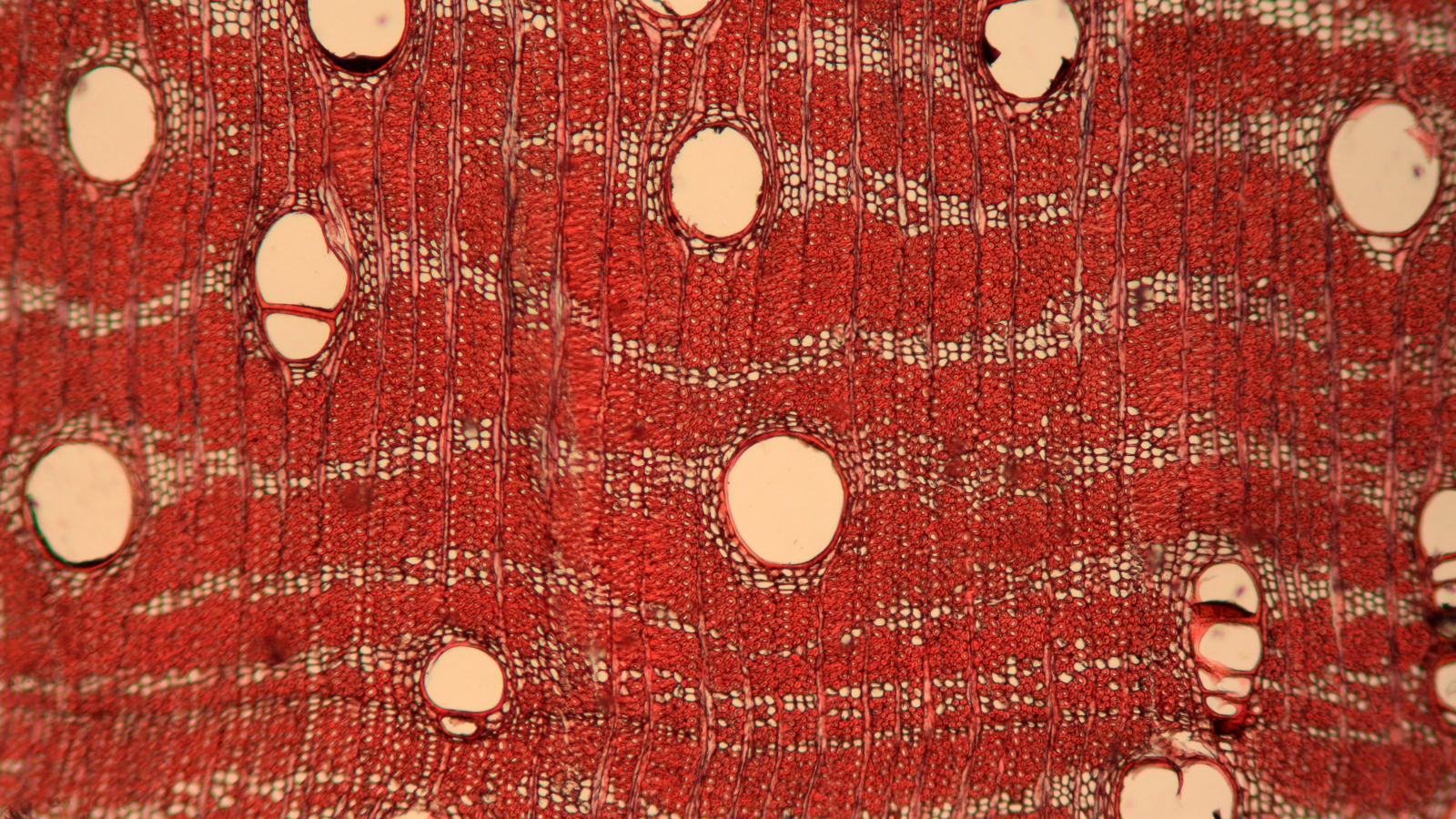Ever Wondered Why Brazilian Rosewood Is a Big Deal? Here’s All You Need to Know
Although many players infer a “warm, mellow” tone from Brazilian rosewood’s vintage credentials, the reality is quite different

Check out any high-end boutique guitar with a rosewood fretboard and there’s a good chance the specs will boast about using Brazilian rosewood – and if not, there’s often an expensive option to upgrade to it.
On acoustic flat-top guitars, Brazilian rosewood is also frequently the epitome of tonewood options for the back and sides.
For many players, this particular species of South American hardwood has long been seen as the pièce de résistance of fingerboard and acoustic body woods, considered superior in both looks and tone to other varieties of rosewood. Indeed, some players wouldn’t play anything else.
But is Brazilian rosewood really all that?
Part of Brazilian rosewood’s mystique comes from the fact that it was widely used in many of the best vintage acoustic and electric guitars up until the late ’60s. Check out your ’59 Gibson Les Paul, ’62 Fender Stratocaster, or ’48 Martin 000-28, and the electrics’ fretboards and the acoustic’s back and sides will be made from this prized timber.
Throughout the first half of the last century this hardwood (botanical name Dalbergia nigra), while still considered exotic and desirable, was relatively plentiful due to rampant harvesting of the Brazilian coastal forests. Supplies grew extremely thin in the late 1960s, however, and Martin and others stopped using Brazilian rosewood in 1969, moving over to Indian rosewood, then other varieties.

In 1992, Brazilian rosewood was added to the CITES treaty, strictly banning its exportation. Today, Brazilian rosewood can only be obtained and used for guitars (or anything, really) if it was harvested and exported prior to the CITES ban, or harvested from trees that have fallen naturally – and is accompanied with a certificate of provenance in both cases.
Get The Pick Newsletter
All the latest guitar news, interviews, lessons, reviews, deals and more, direct to your inbox!
Given all of the above, Brazilian rosewood’s elevated status comes courtesy of the good old laws of supply and demand, as well as from the vintage mystique: “They used it on pre-CBS Fenders, late-’50s Bursts, and pre-war Martins, so it must be the best.”
In 1992, Brazilian rosewood was added to the CITES treaty, strictly banning its exportation
All such voodoo aside, Brazilian rosewood is often more luscious and exotic in appearance than varieties from India, Madagascar, and the Amazon region that are more commonly used today. Ranging from dark chocolate brown to a more stripy grain mingling gold, black, brown, and oxblood colorings, it is often simply gorgeous stuff by any visual standard.
While looks are important, most tonehounds will tell you they opt for Brazilian today for sonic reasons. And although many players infer a “warm, mellow” tone from the wood’s vintage credentials, the reality is quite different.
Brazilian rosewood is fairly hard and dense, and even brittle at times (verging on fragile when current supplies have been harvested from smaller twisted trees, stumps, or tap roots). The wood’s characteristics can enhance a clear, crisp, ringing tone, but according to many leading luthiers, there is often more warmth to be found in other varieties of rosewood – and at times, more stability, too.


Good Brazilian rosewood can still be superb in all regards, but given the strict restrictions on its acquisition and trafficking, available supplies of sufficient quality are getting harder and harder to find.
Also, when you do use it in a new guitar (or even have it in an existing vintage guitar), be aware that you’ll need documentation to prove its pre-CITES or CITES-approved status if you plan to take it across international borders.
Meanwhile, many great guitar makers will tell you that Indian, Madagascan, and Amazonian rosewood – when properly aged and selected – can yield first-class results in any instrument, as well as having obvious cost and supply benefits.
If period-correct specs are of absolute importance in a new build based on a pre-1969 guitar design, and you’re willing to pay the price to go all out, the right Brazilian rosewood can still yield stunning results. If you’re buying a guitar mainly to play, though, and don’t place much importance on the bragging rights that come with rare woods, there are definitely alternatives capable of yielding first-class instruments.
Dave Hunter is a writer and consulting editor for Guitar Player magazine. His prolific output as author includes Fender 75 Years, The Guitar Amp Handbook, The British Amp Invasion, Ultimate Star Guitars, Guitar Effects Pedals, The Guitar Pickup Handbook, The Fender Telecaster and several other titles. Hunter is a former editor of The Guitar Magazine (UK), and a contributor to Vintage Guitar, Premier Guitar, The Connoisseur and other publications. A contributing essayist to the United States Library of Congress National Recording Preservation Board’s Permanent Archive, he lives in Kittery, ME, with his wife and their two children and fronts the bands A Different Engine and The Stereo Field.
"We tried every guitar for weeks, and nothing would fit. And then, one day, we pulled this out." Mike Campbell on his "Red Dog" Telecaster, the guitar behind Tom Petty & the Heartbreakers' "Refugee" and the focus of two new Fender tribute models
“A good example of how, as artists, you have to blindly move forward with crazy ideas”: The story of Joe Satriani’s showstopping Crystal Planet Ibanez JS prototype – which has just sold for $10,000











